Pensioners across the north of Scotland could end up disadvantaged by the SNP’s winter heating payment, according to new analysis.
Residents near Highlands and Aberdeenshire weather stations claimed up to £175 towards heating bills in harsh winters, research over a 10-year period at the Commons library shows.
Payments have now been capped at £58.75 a year by the Scottish Government which leaves pensioners in some of the coldest parts of the country at risk of losing out.
The new Labour government chose to scrap a separate lifeline winter fuel payment for tens of millions of pensioners last month, prompting widespread concern.
What support is available?
There are two cold-weather payments payable in the UK.
The first, Winter Fuel Payment, awards pensioners between £100 and £300 a year. It is set to be axed for all but the poorest pensioners under Labour’s plans.
Prime Minister Keir Starmer said on Sunday he is “absolutely clear” in his mind that the winter fuel allowance needs to be cut to stabilise public finances.
The Scottish Government says it has “no alternative” but to mirror the changes.
That’s because it will affect Scotland’s budget and reduce the extra knock-on cash Holyrood receives.
The other payment is the Winter Heating Payment, which is capped at £58.75 a year in Scotland, since it was devolved from the Cold Weather Payment in 2022.
To be eligible, you must be in receipt of certain benefits, but the payment is made regardless of weather conditions in the area, unlike the UK scheme.
In the rest of the UK, this is worth £25 for each seven-day period of very cold weather reported – or forecast – by the nearest weather station.
How it worked near Aboyne, Braemar, Aviemore and Inverness
Those living in colder parts of the country have seen their payment slashed by up to two thirds since the new approach was adopted.
In 2020, this would have been worth £150 for those in the Aboyne weather station area, £175 for those near Braemar, and the same for those near Loch Glascarnoch between Ullapool and Inverness.
That same year, which was a cold winter, eligible residents living near the station in Aviemore would have been able to receive payments of £150.
In February 2021, temperatures in Braemar matched those more often seen in Russia and Canada as low as -23C.
SNP minister Shirley-Anne Somerville said the new system is more “reliable” and reaches more low-income families.
It helped almost 418,000 people across Scotland last winter.
She said: “Our new benefit is an investment of over £22 million each year, more than double the £8.3 million provided on average by the Department for Work and Pensions in each of the seven years before Winter Heating Payment was introduced.”
But Andrew Bowie, Tory MP for West Aberdeenshire and Kincardine, said: “Ms Somerville may be happy with changing targeted support for those who need it into a substantially smaller benefit for many who don’t.
“But that is not my idea of fairness. I think many who live through Scotland’s coldest winters would agree.”
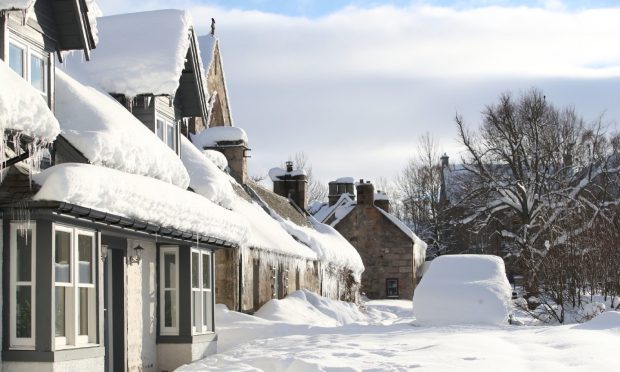
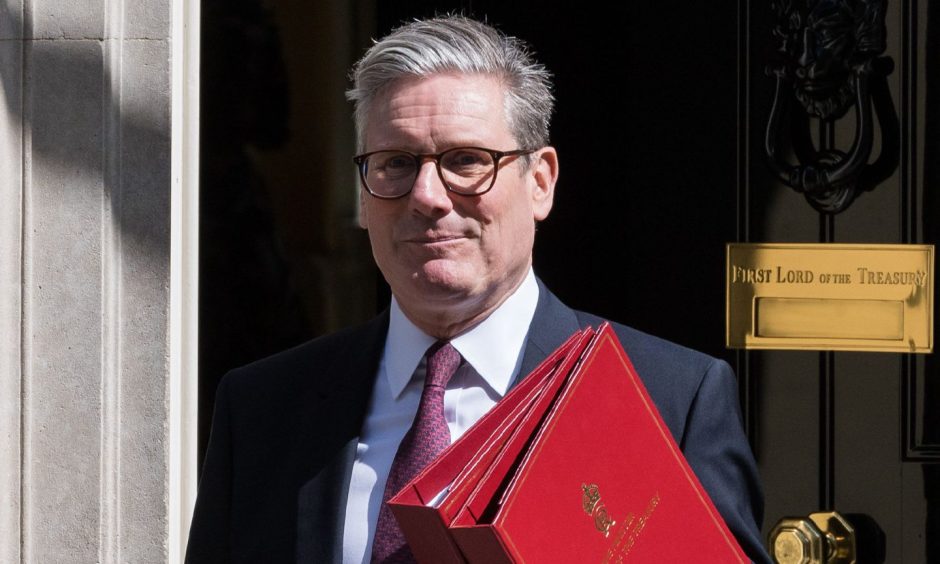
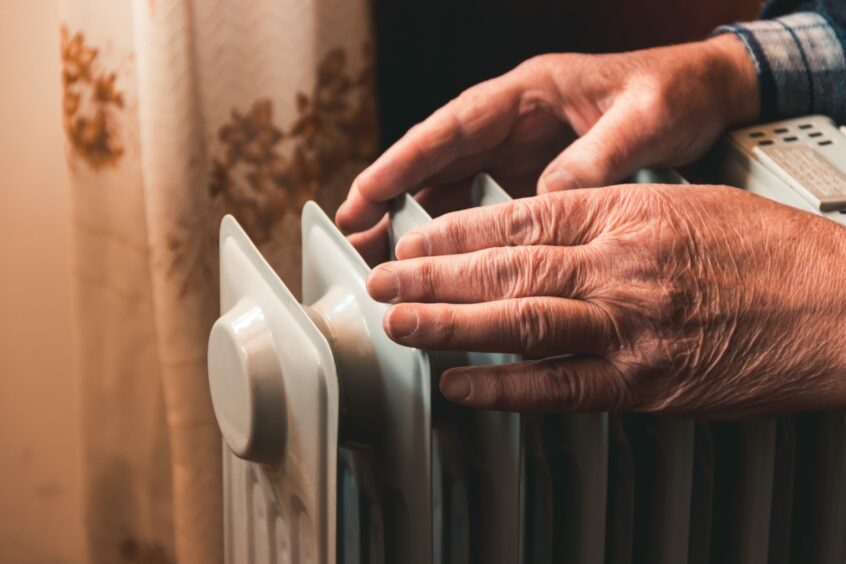
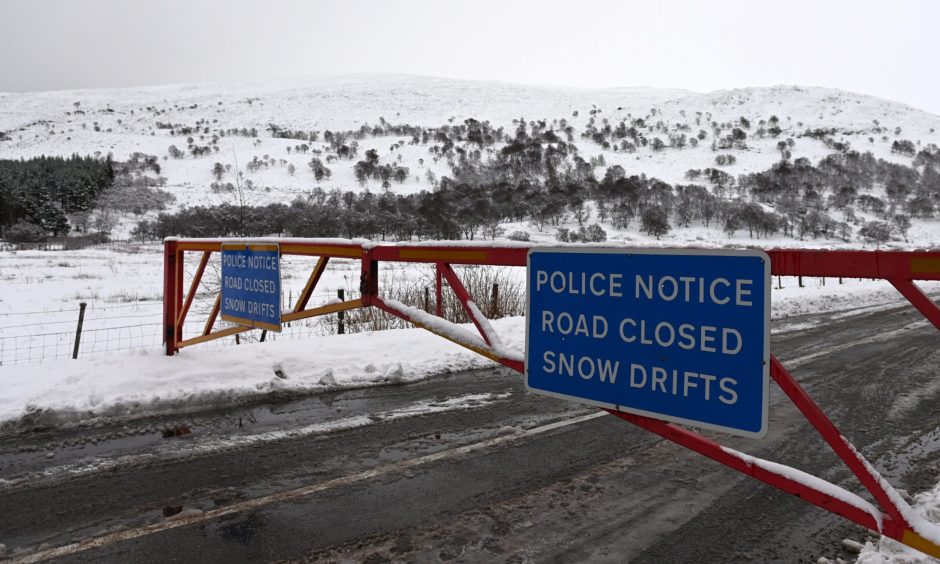
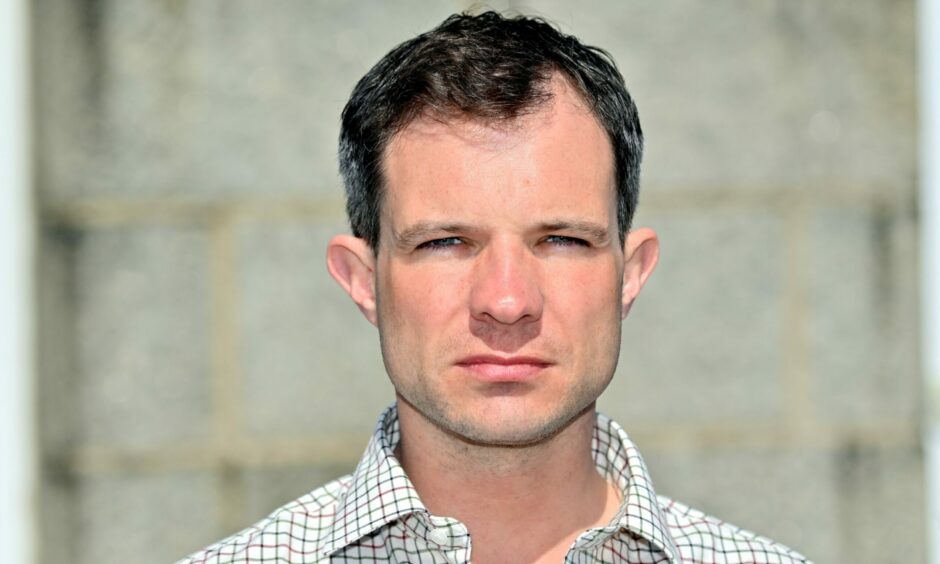
Conversation